If you’re a fair-weather walker who is embarking on a longer or more strenuous trip than normal, it can be difficult to decide what additional equipment you’ll need for a hiking trip in the UK or Europe. Not all trails are the same and what you might need for a 3 day walk on the Pembrokeshire Coastal Path that I’ll be doing next weekend could be different than what you need for a 12 day Alpine trek like the Tour de Mont Blanc that I’ve also experienced. Weather, terrain and your budget will all be a factor in what you take, so here are some tips on picking the right gear for your hiking holiday.
Weather considerations
In most parts of Europe, at most times of year, you can expect the odd shower, so a lightweight waterproof jacket will generally be essential. Even warmer regions of Europe can be surprisingly cool at night and your jacket will ward off evening chills. However it’s worth checking the general temperature and likelihood of rain before you make any new purchases. For instance if you’re hiking in Mallorca as I will be in September, it probably wouldn’t be worth purchasing a new waterproof, or if you do it’s better to go for an inexpensive and lightweight one, whereas for a hike in the Alps it would be worth investing in a good Gore-Tex jacket.
You may also enjoy: Hiking clothes for women – what to wear for comfort and style
Budget considerations
I’m a believer in keeping costs down by using what you have or borrowing items for occasional use, but investing in a few good pieces of equipment when you really need them. Consider what you really need and how much you are likely to use it after your hiking holiday, then look at what you already have in your wardrobe or can easily borrow and make your purchases accordingly.
What’s the terrain?
Some hiking trips will be on more demanding terrain than others. When I walk in Cornwall or Pembrokeshire in the UK, it’s generally on flattish terrain, so I may not worry too much about walking poles which would be essential on a mountain trek. Also, if you are up in the mountains, away for days from any major towns or villages you’ll want to take everything you need as it could make all the difference to your comfort and safety.
Choosing your walking boots
Let’s start at the bottom with boots and socks that you’ll need for your hiking holiday. For anything more than a country walk on flat terrain, where trainers may be fine, I would recommend investing in a good pair of boots or well supported walking shoes. There are many hybrid styles of boots available these days and if the terrain is not too demanding or the climate hot you may prefer to go for walking shoes or mid height boots. However for longer trails on demanding terrain I would definitely choose a boot with good ankle support, to avoid twists and ankle injuries. If you are buying new boots you always need to try on as many pairs as you can in a local outdoor equipment retailer such as Cotswold Outdoor, before making your final choice and buy only what feels comfortable from the moment you put it on, even if it is a bit more expensive than others. Some well padded hiking socks will also be a good investment and I always have plenty of plasters, especially the specialist blister plasters in my bag, just in case. Read my article on how to choose walking boots for your hiking holiday.
A Waterproof Jacket
The next most essential item for hiking is normally your waterproof jacket. Unless you are going to an area that is reliably dry, it’s worth ensuring that you have a good jacket to keep you comfortable and dry in any rain showers. My waterproof jacket cost around £100 and is made of breathable Gore-Tex but there are good jackets to suit all budgets. Look out for features such as plenty of zip pockets to keep cameras, phones, snacks and lip salve close to hand and for under-arm zips or vents to keep you cool, as well as drawstrings and visors on the hood to keep you extra dry in a downpour. It’s likely that your jacket will be in and out of your rucksack, so it needs to pack up small and light too. For longer treks with high likelihood of rain, you’ll also need waterproof trousers, but I don’t normally take them on shorter treks where I can check the weather beforehand or find a friendly pub to shelter.
Your rucksack
Another important items to consider is the rucksack you will be carrying all your gear in. Again the size and style will depend very much on the type of hiking holiday. For some types of holiday, where you are doing a circular walk from your accommodation, or where your luggage is transported as part of an organised walking holiday, you can get away with a day sack. On longer treks such as the Tour de Mont Blanc where you are carrying all your walking gear for the whole trip, you will need a 30L to 45L rucksack, but then it’s worth reducing the amount you carry to the bare minimum. Look out for a rucksack with side pockets and easily accessible compartments, so that you don’t have to unpack the whole rucksack on the mountainside to get at the one thing you need. Also consider the waterproof qualities when buying a new day sack or rucksack, or invest in a waterproof cover for longer treks and consider packing clothing into plastic bags inside your rucksack.
Wearing lightweight layers
You’ll want to stay dry and comfortable while walking, but your clothing is one area where you don’t necessarily need to spend lots of money as you may already have suitable items in your wardrobe. It’s a good idea to have a pair of lightweight, quick drying walking trousers with zip-off legs to convert them into shorts, if you are walking for more than a couple of days and are likely to encounter showers. Otherwise choose other lightweight, stretchy and quick drying trousers or shorts you already have in your wardrobe, but avoid jeans or any fabric that will take ages to dry once wet.
On your top half you can wear any lightweight t-shirt or longer sleeved shirt and I often use a running t-shirt or anything that will wick away sweat. You’ll also need a lightweight fleece or two, as even in hot destinations as the temperature can drop in the evenings. The key is to have clothes that can be layered, are light, quick drying and comfortable. Here’s my article on what I packed for the Tour de Mont Blanc.
Walking poles
Before I walked the Tour de Mont Blanc, I never used walking poles for my walks in the UK, but now I wouldn’t be without them on longer hikes. On longer walks and especially where you are carrying a heavy rucksack, they really support your legs and knees and on uneven or slippery terrain such as coastal paths or mountain treks they will help you keep your balance and avoid twisting a knee or ankle. Once again there are walking poles for every budget, but I would look out for telescopic poles that fold up small and are more practical to transport when travelling. Read my article about walking poles for the Tour de Mont Blanc.
Whether you’re walking a coastal path in the UK, planning a major mountain trek or doing some hiking as part of your summer holiday, it’s worth spending a little time considering what equipment you’ll need and then making the purchases that will be most useful, according to your budget, for a comfortable and enjoyable walk.
More useful reading
How my Leki Vario Poles saved my legs on the Tour de Mont Blanc
How to choose the perfect walking boots for the Tour de Mont Blanc and other hiking trails
The mountain clothing you’ll need for treking the Tour de Mont Blanc
This article was brought to you in partnership* with Cotswold Outdoor where you can shop online for Outdoor Clothing and Footwear, Climbing, Camping Equipment and more for the outdoors.
* More info on my policies page
This article is originally published at Heatheronhertravels.com

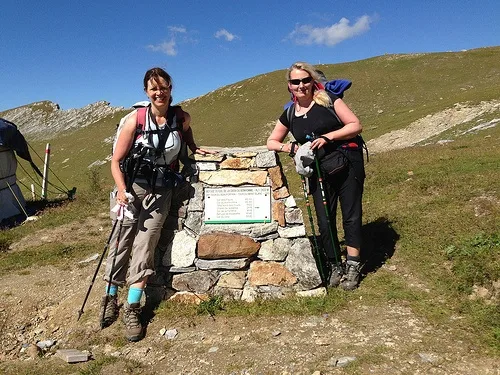
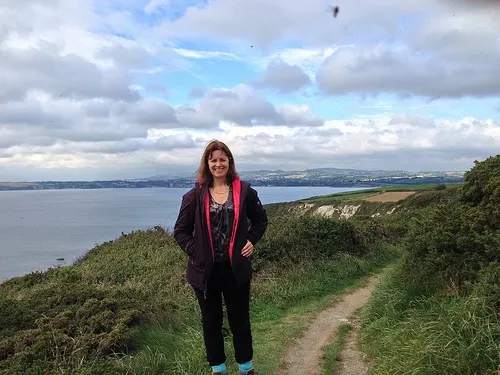
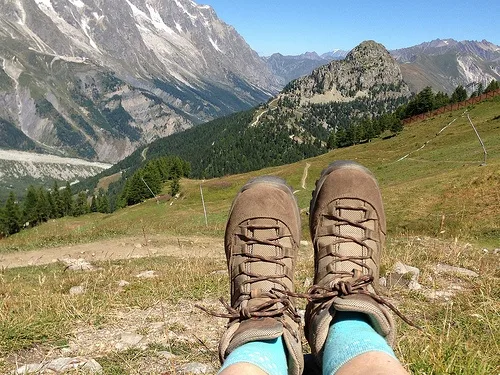

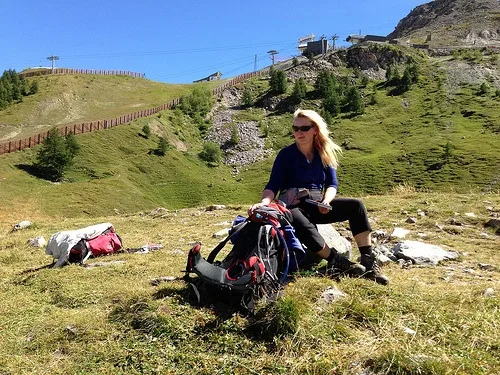
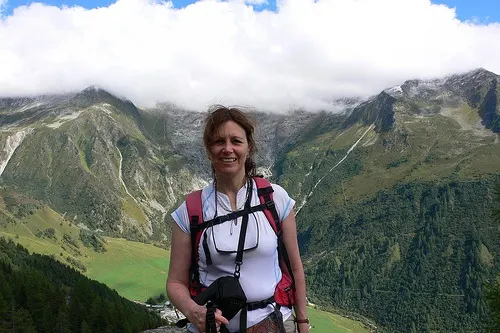
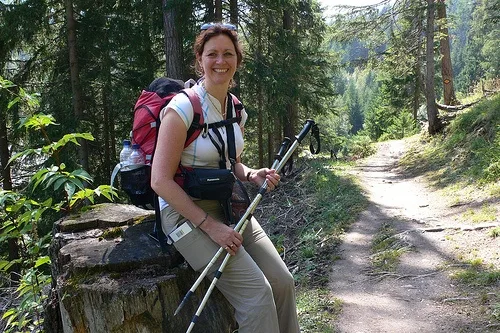

Julio Moreno
Tuesday 6th of May 2014
I have always been told to wear special kinds of boots when hiking, but have never had a problem using regular tennis shoes. I am curious, did you start using special boots for a reason? Or just common sense?
Heather Cowper
Tuesday 6th of May 2014
@Julio I'm not averse to using a well padded trainer if hiking just for a few hours on holiday but I just think it's worth getting more protection with a boot for your feet and ankles if you are hiking for any length if time - also if you are hiking on rocky terrain after a while I suspect your tennis shoes may start to disintegrate
Renuka
Sunday 4th of May 2014
Wow! It's an important post for anyone who loves to hike. I am certainly one of them!
Heather Cowper
Monday 5th of May 2014
@Renuka Thanks I wish you happy hiking